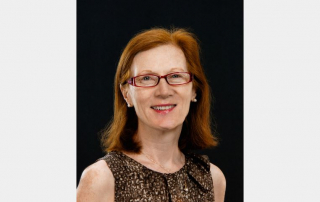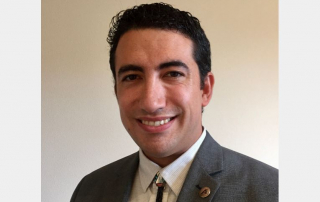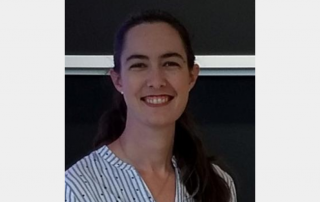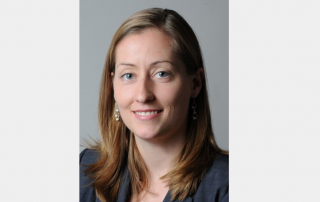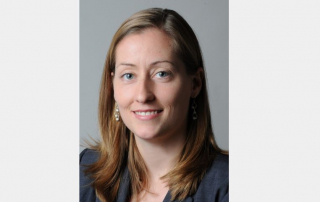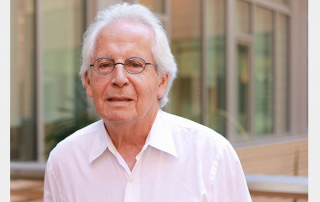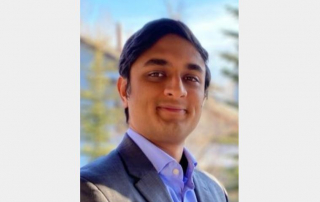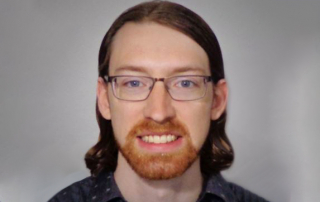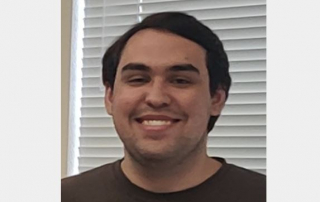Congratulations to Margaret Murnane for Receiving the 2022 Isaac Newton Medal and Prize
Professor Margaret Murnane has received the 2022 Isaac Newton Medal and Prize for pioneering and sustained contributions to the development of ultrafast lasers and coherent X-ray sources and the use of such sources to understand the quantum nature of materials.
The discoveries of Professor Margaret Murnane in ultrafast laser and X-ray science have transformed the field, making it possible to capture and manipulate quantum dynamics on the fastest timescales relevant to atoms, molecules and materials. Her research is distinguished by its breadth and impact in developing new understanding in optical physics.
Murnane has demonstrated that it is possible to generate coherent, laser-like X-ray beams by upconverting laser light from the infrared directly into the extreme ultraviolet (EUV) and soft X-ray regions of the spectrum. Over more than 20 years, she uncovered how to harness the unique high-order harmonic generation process to create new quantum light sources. This work represents one of the most significant new fundamental developments in optical science in past decades, with a host of practical applications in understanding and imaging materials.
